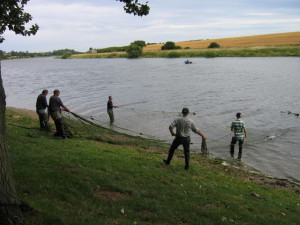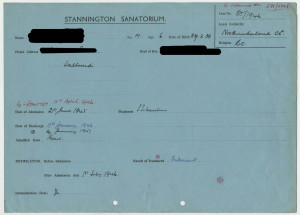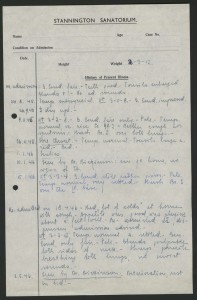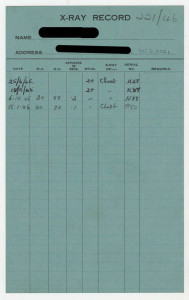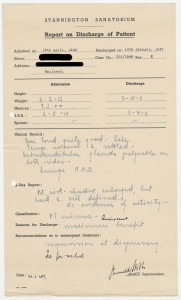I hope you as the reader will enjoy this blog. This is in Jean’s own words and retells the story of her family in 1915 & 1940, both dates that are remembered by Londoners.
I was born in London and lived there throughout the Second World War. My most vivid memory was of 7th September, 1940.
Our family were in Hackney, East London that Saturday for the wedding of my mother’s youngest sister. The bride and groom had both been born in Bartrip Street on 7th September, 1915. He, Fred, had been born in the early morning during a Zeppelin raid, my Aunt Doll was born that night during another Zeppelin raid. Fred’s father was later to be killed in France, while Doll’s father, my grandfather, was gassed in France, but came home to die. On their wedding day (and 25th birthday) we had the wedding reception between two air raids, for this was the day that the Blitz started.
My parents, brother and I were each in different air raid shelters during the air raids, but saw and heard wave after wave of German bombers, accompanied by Messerschmitt’s heading for the Docks a few miles away, and being chased by Hurricanes and Spitfires, but these were very much out-numbered. The drone of the aircraft engines, the sound of bullets, the thuds of the bombs and the crashing bangs from the anti-aircraft guns – my first experience of warfare. At 12 years, I was old enough to understand what was happening and I remember feeling my heart beating hard in my chest. It was frightening.
Eventually, we made our way home to Edmonton, North London some 20 miles as the crow flies from the now blazing docks. The huge ball of red fire on the horizon made a mockery of the blackout. As my Dad remarked at the time, you could almost read a newspaper in the street where we lived. I cannot describe nor can you imagine just how big a fire that was.
That of course, was only the first of many bombing raids. The City, the East End, Coventry, Cardiff, Liverpool and many, many other cities in Great Britain were to face heavy bombing.
P.S.
Fred joined the R.A.F. and was eventually shipped out to Northern India, stationed near Karachi in what is today, Pakistan. On his embarkation leave they realised that Doll was pregnant. It transpired she was having twins due on the 5th September – we all hoped they would be two days late! However, due to medical reasons they, Frederick and Patricia, were actually born on 5th August, 1942. Their Dad had to make do with photographs until he actually saw them on his return to the U.K. after VE Day.
BULLETS AND A RAT
I have many memories of events during WW2. One of them is the day Mum & I went shopping to the main shopping area, Fore Street, Edmonton. The “take cover” siren had gone, but frankly, you ignored that until the anti-aircraft guns started blazing or the German planes could be heard coming. One thing we all quickly learnt was to recognise engines – I could tell you whether it was a German bomber, Messerschmitt, Hurricane or Spitfire overhead even if I couldn’t see the plane. So when the “activity” started just before we got to the shopping thoroughfare, we went into Pymmes Park taking the path alongside the small brook that ran through the park and where there were many trees.
We found this huge oak tree and kept our eyes on the planes above keeping the tree between us and the bullets. Unfortunately, for us, there were several stone statues on plinths in that part of the park and the bullets were ricocheting off them making it even more difficult for us to avoid them! So there we were, circling the oak with eyes looking heavenwards and occasionally looking down to avoid the tree roots when we saw this huge white water rat come out of the brook and into a hole at the base of “our” tree!! We were devastated – a rat! Although, we had to keep going round the tree when we got to the hole – we ran!
Watching the planes – the Messerschmitt’s, Spitfires & Hurricanes weaving, diving and twisting while firing tracer bullets and the heavily laden bombers who were not so agile – it was really quite exciting and, to be honest, the really frightening – no terrifying – thing was that rat! We never did see it again and eventually the planes had passed over, we had not been hit (not even a near miss) so we were able to do our shopping and then go home.
We would like to express our sincere appreciation to Jean Wilkinson one of the Northumberland At War volunteers for writing this blog.



